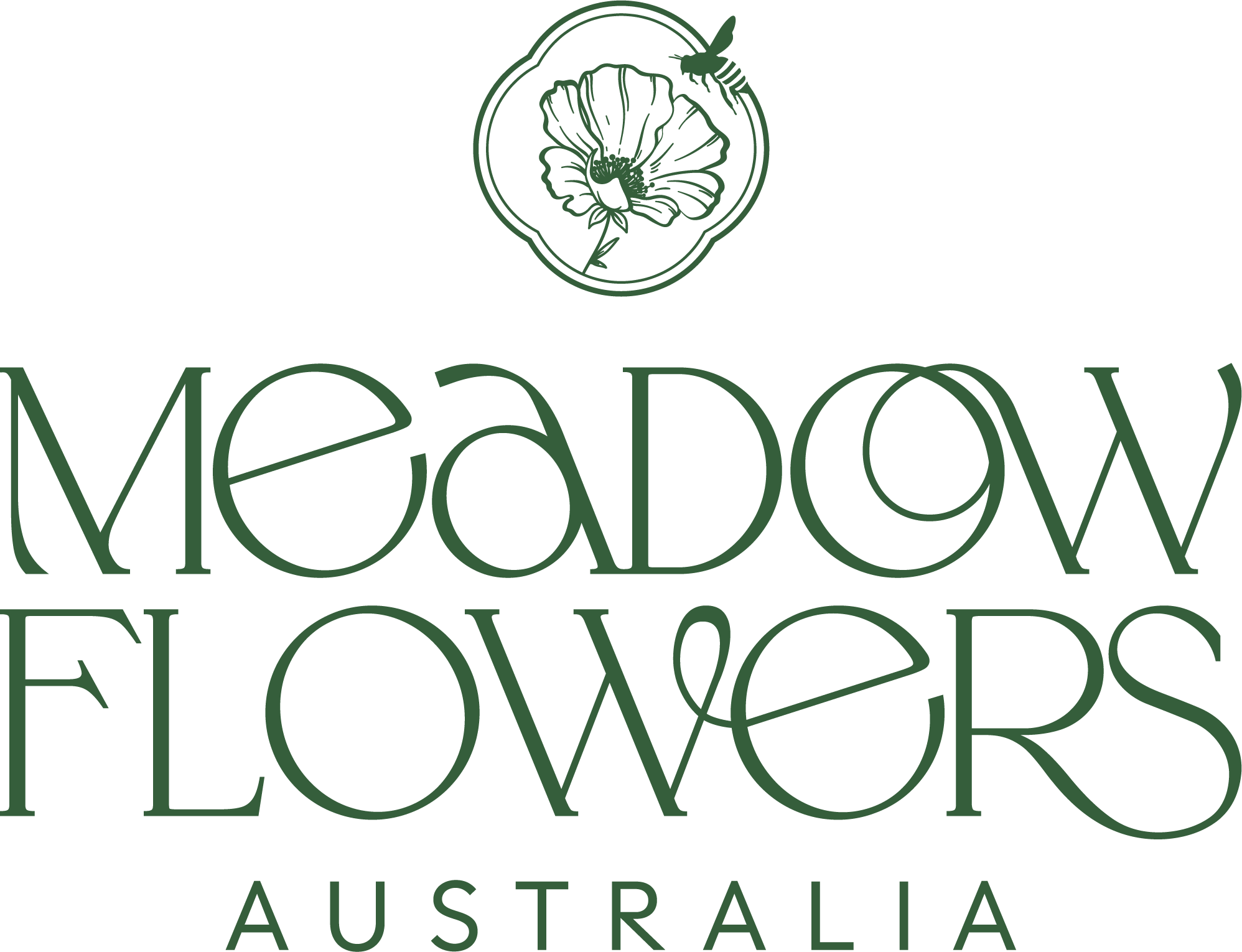Home
Grower's Resources
Pollinator Paradise: The Guide to Helping Bees, Butterflies, and Their Besties

Pollinator Paradise: The Guide to Helping Bees, Butterflies, and Their Besties
If you have observed a bee buzzing happily from one flower to another, you know something magical is at work. And just like that, you see life in your garden: buzzing, beautiful, and purposeful. But what you probably haven't noticed is how close that magic is to vanishing. Our pollinators need help, and they need it very much.
Pollinators in Australia and beyond are losing their homes and food sources they need to survive. The reasons? Habitat destruction, climate change, and way too many chemical sprays. As our wild spaces shrink, so do the places small animals, birds, bees, butterflies, and other insects call home.
The good news is you can change that. All you need is a pot or a patch of soil and some flower seeds.
This guide will teach you how to turn your large backyard or balcony box into a pollinator flower haven. Let's dig in.
Why Our Pollinators Are in Trouble
Imagine being a bee flying out to pollinate some crops and help some plants reproduce and keep ecosystems running. But instead of flowers, you're met with pavement. Instead of food, you find chemical-laced lawns. And when you finally do spot a bloom, the weather suddenly goes haywire.
Pollinators are being squeezed out of their homes and poisoned by the very landscapes they once thrived in. However, creating simply the smallest patch of pollinator flowers can give them a chance to rest, refuel and survive.
What To Plant To Create A Pollinator Paradise
Native Aussie Flower Favourites
When it comes to feeding native pollinators, bees, butterflies and other small animals, local is always better. Native flowers are adapted to Aussie conditions and perfectly suited to the needs of our homegrown pollinators.
Here are a few bloomtastic wildflower pollinator plants to get you started:
- Billy Buttons – Round, golden and totally adorable. These cuties add fun and flair while being bee magnets.
- Everlastings – Drought-tolerant and blooming in beautiful pastels, these long-lasting flowers are a hit with butterflies.
- Kangaroo Paw – The fuzzy, tubular flowers are ideal for native bees and also a fave for nectar-loving birds.
- Grevillea – Packed with nectar, this shrub is like an all-day buffet for pollinators.
- Bottlebrush – These iconic Aussie beauties look like nature's own bottle cleaners and are an absolute snack for bees and birds alike.
Many of these wildflower pollinator plants can even be grown from seed – hello, budget-friendly garden win!
Cultivated Flowers That Bring All the Bees to the Yard
Relying only on native flowers isn’t enough to support all bees. Many cultivated varieties are also pollinator-friendly, offering valuable food sources for both native bees and honeybees alike. These classic pollinator plants will keep your garden buzzing:
- Cosmos – Easy to grow, big in colour, and bees love them.
- Zinnia – Heat-tolerant and full of nectar. Basically, butterfly candy.
- Sunflowers – The original bee billboard. Tall, bold, and beautiful.
- Echinacea – Spiky petals, strong stems, and super attractive to all flying friends.
- Borage – This star-shaped flower is a secret weapon for bee attraction. Plus, the flowers are edible!
Seed Mixes Pollinators Will Love
Want to give all pollinators everything they need but don't want to plan a plant-by-plant garden layout? Say hello to wildflower seed mixes – your new gardening best friend.
Here's why they're so awesome:
- Instant biodiversity: Every pack is packed with flower species in different shapes, heights and colours. A full buffet for every type of pollinator, bee and butterfly.
- Continuous bloom: Many mixes are curated so something is always blooming. No dull spells = consistent pollinator snack supply.
- Effortless impact: Just clear, scatter and water. Watch it grow into a naturalistic, wildflower wonderland.
- Space-savers: Perfect for small gardens, planters or neglected corners.
- Big impact, low effort: It's like having a fully catered event for pollinators without having to cook.
- Surprise and delight: You'll discover new favourites as flowers bloom. Like a mystery box, but prettier.
Tips for a Pollinator-Friendly Garden
Here are the best practices to make your yard the hottest brunch spot for bees and butterflies in the neighbourhood.
1. Keep the blooms coming
Plan for year-round flowering if you can. That means early spring starts, summer showstoppers, and autumn heroes. Most wildflower seed mixes already take this into account, so you're golden.
2. Variety is the spice of garden life
Different pollinators like different flower shapes. Tubular, daisy-like, bell-shaped, you name it. Diversity means more guests at the party.
3. Don't forget the drinks!
Pollinator gardens need hydration too. A shallow dish of water with pebbles gives bees and butterflies a safe landing pad to sip without drowning.
4. Say no to pesticides
Seriously. Even "natural" ones can be bad news. Embrace companion planting and natural pest controls instead. Your wildflower pollinators will thank you.
5. Let it get a little wild
Leave a small patch undisturbed. Messy areas with bare soil or leaf litter make perfect nesting spots for ground-dwelling bees. It's like Airbnb for pollinator bees.
Your Pollinator Paradise Awaits
Pollinator plants do much more than just make your garden look pretty. They're actually the perfect plants for ecological restoration. Each flower, every bee visit, and even every fluttering butterfly form a part of the bigger recovery story. So, in a way, you are creating a better world, one bloom at a time.
So, ready to be the buzz of the block?
Grab a packet of wildflower seed mix and settle on a sunny spot to grow your pollinator garden; resist the urge to spray pesticides; watch it become spectacular while providing for local pollinators. Whether on a balcony or in the backyard, you have a difference to make.
On your way are the hums, the flutters, and the untamed beauty, your pots or garden are set to become the hit pollinator paradise. Because what could be more satisfying than somewhere that's good for you, good for the planet, and absolutely packed with life?

